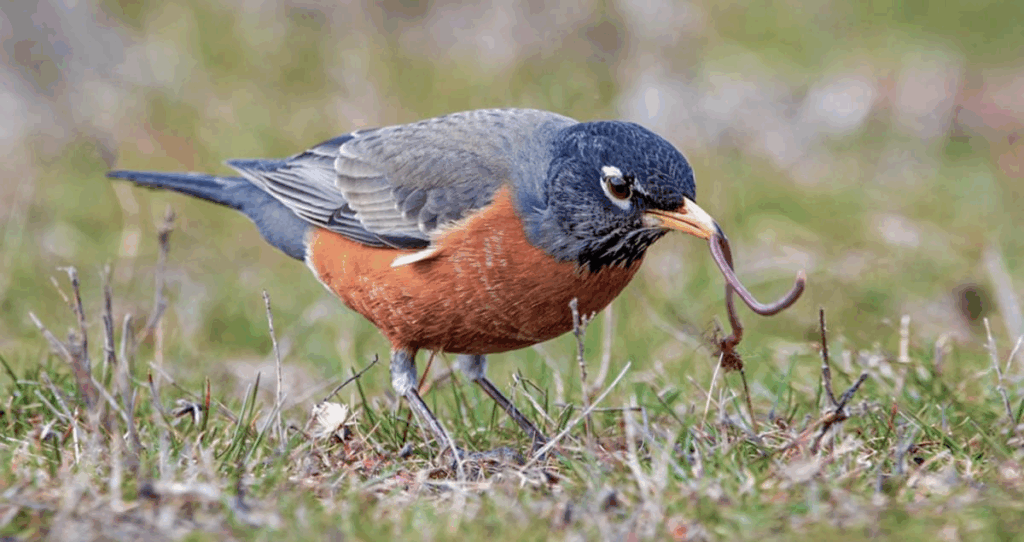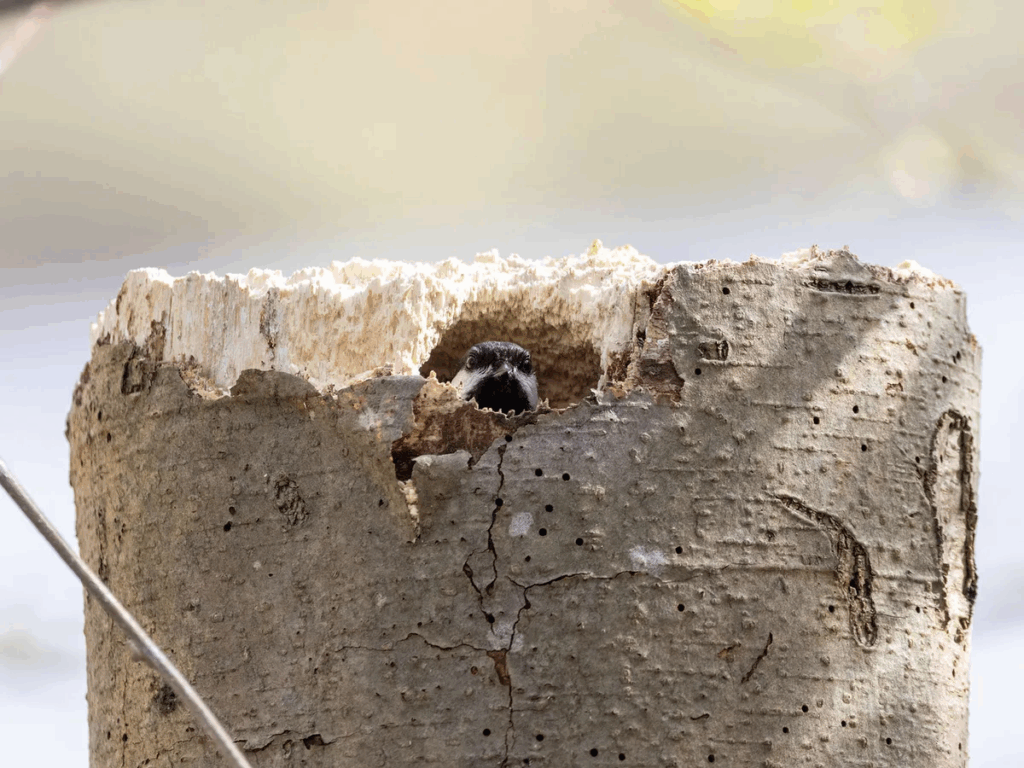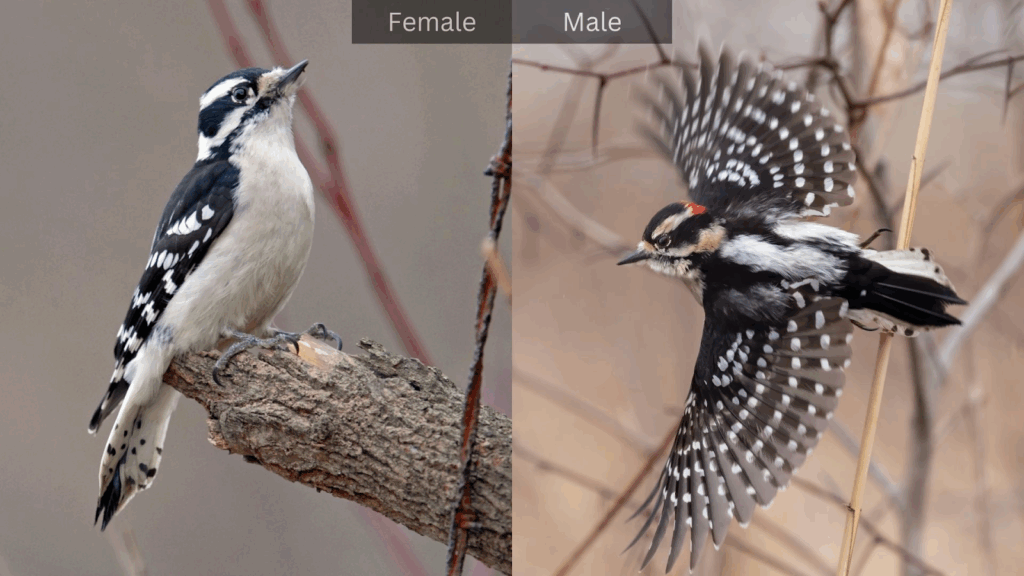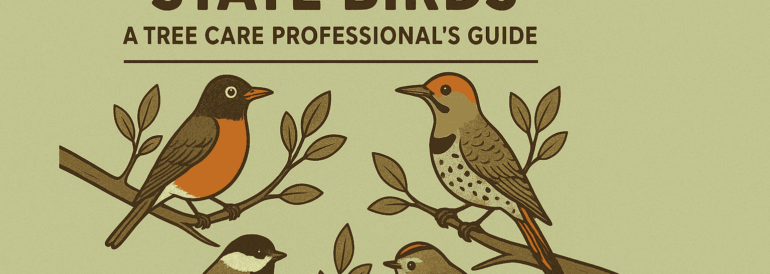Why Washington State Birds Matter for Tree Care Professionals
Washington has been a paradise of bird species, with more than 520 known species of birds and almost 45 of them nesting in the tree cavities. Approximately sixty percent of the breeding birds of the state are directly dependent upon trees, tall Douglas-firs and small fruit-trees in the backyards. This is a big implication for the tree care professionals since any cut or removal can have an impact on the wildlife in the area.
The migration period of March-August is a breeding season for the trees which are under the Migratory Bird Treaty Act (MBTA), and is implemented by the Washington Department of Fish and Wildlife (WDFW).
It could result in fines between $500 and $15,000 because they disturbed an active nest. The professionals not only avoid penalties by ensuring that the schedules on tree care coincide with the cycles of the birds’ breeding, but also take an active role in conserving wildlife.
The responsible actions like saving snag trees and checking nests improve biodiversity and give more confidence to the community to believe in the eco-friendly brand of Bloomatree.
Top 10 Washington State Birds and Their Tree Preferences
1. American Robin – Washington’s State Bird
The American Robin (Turdus migratorius), Washington’s official state bird since 1931, is a familiar sight in yards and parks. It has a bright orange breast, dark grey back, and sings the cheerful “cheerily, cheer-up” tune.

Robins nest in trees (mainly in the trees that are made of maples, alders, and fruit) 5 to 25 feet high.
They are permanent inhabitants, and are distributed across the state, in seashores and in the mountain ranges.
Since the fruit and shade trees are supposed to be pruned by the arborists, they nest during the same period of time in March to July, and therefore, must be inspected. The most preferable time to prune the dormant shrubs (November-February) is to prune the dormant shrubs when they are resting.
2. Steller’s Jay – Pacific Northwest Icon
The only crested jay west of the Rockies is the Steller Jay (Cyanocitta stelleri), with its vivid blue body and black crest. It is found in Douglas-fir, western hemlock and western red cedar forests where it builds nests 8-40 feet in the plush evergreen leaves.

Jays are clever imitators which are found in the woodland and in the suburban coniferous plantations.
Their nesting season is April-June and pruning can be done in winter. In case of safety, the conifer density prevents loss of the evergreen cover that they are accustomed to nesting and roosting.
3. Black-Capped Chickadee – The Cavity Nester
The size of a penny and walking on a wire, the Black-capped Chickadee ( Poecile atricapillus ) is less than half an ounce and betwixt its cute song, the chick-a-dee-dee.

It digs nests in soft dead bark, particularly in alders, cottonwoods, and aspens which are usually found in snags 4-15 feet tall.
Birds in each territory can remove more than 50,000 caterpillars a season, and this is a free way of pest control. During the maintenance process, arborists must leave safe dead trees and dead limbs because there is a variety of nesting species supported by only one snag.
4. Pileated Woodpecker – The Forest Engineer
The largest woodpecker in Washington is the Pileated Woodpecker (Dryocopus pileatus) which measures close to the crow in size, has a red crest that is flaming, and has a mighty beak. It is a keystone species because it excavates huge rectangular hollows in mature Douglas-firs, cedars and cottonwoods.

The holes are later inhabited by 20+ other species like owls and bats.
Old-growth forests or mature forests are their preferred habitat and nest between March and July. The care professionals of the trees must find a balance between removing hazards and conserving the habitat by keeping large, safe snags and checking on active sites of wood-chipping beforehand.
5. Anna’s Hummingbird – Year-Round Jewel
Anna Hummingbird ( Calypte anna) is the only hummingbird which is year-round in Washington. Males are rose-red crowned, and both sexes nest in small, downwards sloping branches with lichen and spider silk.

Occurrence of nests is between 6 and 30 feet, and in most cases, Douglas-firs and bigleaf maples.
Active nests can be disturbed by the early breeding during the period of January to July due to late-winter pruning. Several trimmings in large amounts should be deferred until October or November when the work is slow.
6. Varied Thrush- Forest Specialist
The Varied Thrush (Ixoreus naevius) is a robin in a black and orangedeep gorgeously colored haunting single-note whistle. It builds nests on old-growth conifers, specifically western hemlock, Douglas-fir and Sitka spruce on the branches, 5-30 feet higher.

The Varied Thrushes like to forage in cool shaded forests with abundant leaf litter.
This complexity is maintained by maintaining multi-layered canopies and by not over-thinning them, as long as they continue to provide them with a breeding habitat throughout the month of May to July.
7. Red-Breasted Nuthatch – Resin-Guarded Nester

The Red-breasted Nuthatch (Sitta canadensis) is tiny and blue-grey and walks down the trunk head-first.
- It digs holes into dead conifer pieces 5-40 feet in height and rubs the sticky resin around the holes of the nesting areas to keep away predators.
The fact that these birds rely on both live conifers and snags to nest means that arborists ought to maintain the dead conifer structures that are considered safe and the various conifer age formations to ensure that there is a steady supply of seeds and habitat.
8. Cedar Waxwing – The Fruit Lover
Glossy and sociable, Cedar Waxwings (Bombycilla cedrorum) also occur in groups, and they have black masks and red spots on their wings. They nest towards the end of the season (June-September) in alders, maples and cherry trees, and usually close to shrubs that produce berries.

Cedar waxwings love their fruit and berries, sometimes farmers’ fruits and berries too
- They are fruit eaters, and native fruiting trees, including serviceberry, cascara and mountain ash, help them to migrate in the course of their seasons.
During their nesting period, it is the same as the pruning season and thus the safest trimming is the dormant-season trimming (between November and March).
9. Downy Woodpecker – The Mini Excavator
The smallest woodpecker in the state of Washington is the Downy Woodpecker (Dryobates pubescens) who is only 5.5-7 inches long. It prefers dead branches and small snags of the alders, cottonwoods and maples, usually with a diameter of 3-6 inches.

Nesting takes place between April and June and the chickadees and wrens later use the cavities.
Preserving minor dead wood during routine maintenance supports both biodiversity and insect control.
10. Pacific Wren – The Forest Floor Specialist
The Pacific Wren ( Troglodytes pacificus ) is a small, brown, and nervous bird which has a very strong song.

It builds in the low ground, 0-6 feet on root wads, and logs and bases of trees.
Pacific Wrens live in damp, complicated forests where downed wood and abundant understory plants are still present. Arborists should not clean out safe woody debris and root structure as opposed to full up, to retain nesting opportunities available on the ground to nesting birds between April and July.
Tree Care Timing and Bird Nesting Season Protection
Tree care work must follow federal and state wildlife laws. The Migratory Bird Treaty Act (MBTA) protects all native birds, their eggs, and active nests. An “active” nest means it contains eggs or dependent chicks.
Violations involving the removal or disturbance of such nests carry fines ranging from $500 to $15,000 per occurrence.
Seasonal Timeline
- March-April: Early nesters like robins and hummingbirds begin breeding.
- May-June: Peak nesting; most cavity and canopy species are active.
- July-August: Late nesters (waxwings) and fledglings still dependent.
- September-February: The ideal period for pruning and removals is minimal nesting.
Inspection and Safe Work Practices
Prior to trimming or removal of trees between March and August, the professionals shall conduct visual checks of the nest, watch for any territorial calls and cavity activity. The nest survey must be done within a week of the work. The WDFW or licensed wildlife biologists should be consulted in case of any doubt.
Where the active nests are located, delay the work or establish the 50-foot buffer areas. Removals (in the event of storm damage or hazards) can also be done, but it should not be where the nests are located.
When the project is not urgent then the best two months to use are between October and February months when there is minimal risk of being disturbed.
Snag Trees and Dead Wood – Balancing Safety and Habitat

Not only are dead trees, called snags, important for decay, but they are also important for wildlife construction.
- More than 45 Washington species of birds, from woodpeckers up to owls, use them as nesting and roosting sites and food. One snag will be able to sustain 10-20 species of nesting cavities for decades.
Evaluating Snags for Safety
The arboreal professionals evaluate the decay levels, inclination, root health, and the closeness of every snag to houses or power lines. Snags that are applied at a great distance (50 or more feet) can be safe. In case of a snag danger, arborists may cut it to 15- 20 feet so that its value to wildlife is maintained without the danger.
Why Preservation Matters
Dead wood also provides a refuge to insects which are consumed by hundreds of mammals and birds.
Pileated Woodpeckers bore huge holes which are used subsequently by owls, squirrels, and bats to make a living chain of places.
Through communication of these ecological benefits, arborists can make the clients value snag conservation as both economical and environmentally friendly.
Native Trees and Bird-Friendly Landscaping
Native trees provide three times more support for local bird species than non-native ornamentals. They’ve coevolved with regional insects and birds, forming food webs that sustain biodiversity throughout the year.
Key Native Conifers
- Douglas-fir: Offers nesting platforms and seeds for crossbills and chickadees.
- Western red cedar: Dense foliage provides winter shelter and nesting cover.
- Western hemlock: Supports seed-eating finches and canopy nesters.
- Sitka spruce: Coastal species producing seeds for songbirds.
Important Deciduous Trees
- Red alder: Rapid growth, nitrogen-fixing roots, and small cones for finches.
- Bigleaf maple: Large canopy, rich in insects, develops natural cavities.
- Black cottonwood: Attracts flycatchers and cavity nesters as it ages.
- Pacific serviceberry: Provides nectar, berries, and compact habitat for yards.
Fruit-Bearing Trees for Seasonal Food
- Pacific crabapple: Persistent winter fruit attracts thrushes and waxwings.
- Bitter cherry: Supports nesting and fruit-feeding birds.
- Cascara: Produces fall berries vital for migratory birds.
The diverse landscape can be created by using native species of trees of 3-5 species having different levels of canopy, mid-story, and understorey to create a resilient and bird-friendly landscape.
Through the design of planting, Bloomatree will be in a position to advise clients who will assist wildlife and save urban safety and aesthetic goals.
Bird-Safe Tree Care Practices for Bloomatree Clients
Modern tree care integrates ecology with expertise. Bloomatree’s bird-safe approach enhances both environmental value and client trust.
Professional Standards
- Seasonal Scheduling: Routine trimming and removals are prioritised from October to February.
- Pre-work Surveys: Required nest checks during March- August.
- Snag Evaluation: Retain safe dead trees or reduce height safely.
- Client Education: Explain how timing and habitat protection benefit both birds and property owners.
Service Enhancements
- Bird-Friendly Consultations: Assess yards for nesting and foraging potential.
- Native Tree Recommendations: Replace removals with native species that sustain birds.
- Selective Retention: Preserve safe cavities and deadwood where possible.
- Flexible Scheduling: Offer clients wildlife-aware options for timing and scope.
Business Benefits and Community Impact
Implementing the strategies of birdsafety is not a futile effort: the companies continue to record 40-25% increased client satisfaction and referral numbers as a result of ethical, transparent service. Bloomatree is able to distinguish itself by education, collaboration with Seattle Audubon and WDFW, and wildlife-conscious arboriculture certification.
With the connection between the care of trees and the preservation of birds, the linkage between the two in Bloomatree keeps the trees alive as well as the ecosystems that are reliant on trees. Each of the existing snags, postponed pruning, and native trees planted helps to sustain the living legacy of Washington, which is more than 520 species of birds and the caring arborists become a key to the preservation of the natural heritage of the Pacific Northwest.







